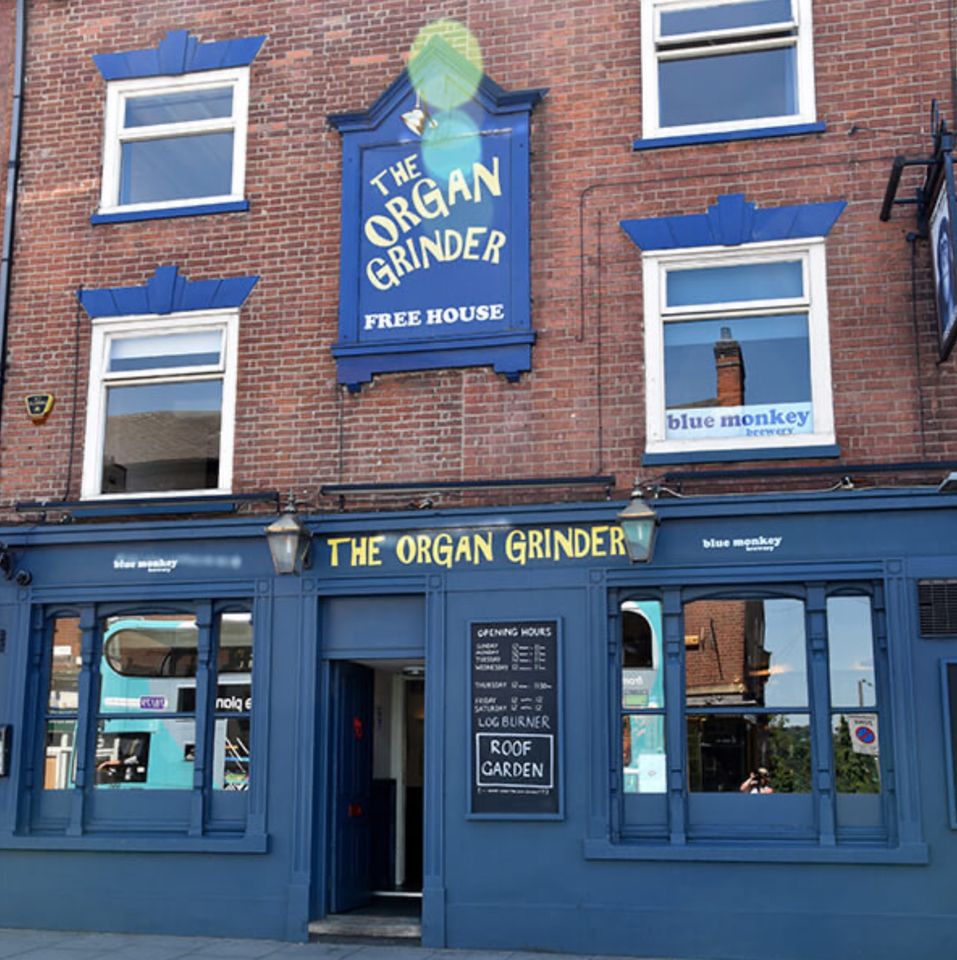I wrote this statement in 2010. Nothing has changed.
I am using this ‘credo’ as the basis of my new ‘great leap forward’ with the Thames art and technology idea..

Delineation of ‘Theory’: An artist’s personal statement
Throughout my ‘art-working’ life some things have remained stubbornly, one might even say obsessively’, constant. Be it in digital images as recently or in drawing or poetry and song I have remained constant in delineating a clearly ‘map-able’ terrain. This terrain extends about 5 to 20 miles in radius of my hometown of Didcot in Oxfordshire, England. Always the poor relation of the illustrious centre of learning that resides but a stones throw away.
There runs a hard core of intention throughout which draws on politics, ecological thinking and that obsessive returning to notions of ‘place’ and ‘landscape’. I regard my work as being a mapping of constant themes which recur sometimes years later. The River Thames is one theme and the Berkshire Downs another.
Local folk tales and oral literature mined from local libraries another. A recent song ‘Hanging Puppet’ drew on one such ‘tale. In fact one could describe it as artistic ‘Anglocana’ to differentiate it from Americana. I have written well over 2000 songs over the years. Mostly these are recorded in lo-fi versions and only really coming to life when in the hands of other more talented musicians (see the Moon Over the Downs CD 2003).
Poetry has appeared in various magazines and in the Scottish anthology The Ice Horses (1996). I currently have at least 4 unpublished complete books of poetry on the shelf. One could describe my work as multi-disciplinary with a strong streak of green politics colouring the waters beneath.
I have drawn on some clear influences in writing and art. Seamus Heaney’s concept of a personal ‘Hedge School’ going back to John Clare is one thread. My forebear’s personal involvement in Agricultural Unions is another (see Skeleton at the Plough poems). I also am influenced by a ‘working class’ sense of writing picked up form Carver and Gallagher and other dirty realists. In song almost any Americana act would suffice.
I am not American but I have strong American influences going back to Thoreau and Walden lake. To try and build an alternative ‘English’ approach I have increasingly been drawn back to the English Civil War when the notions of science and arts were more fluid and interchangeable. As an example I would cite Robert Plot’s Oxford a marvelous Natural History of Oxfordshire from 1677.
In it one finds specimens such as ‘Stones that look like Horses’. I draw heavily upon cultural geography theory post Williams and Berger and am heavily influenced by Patrick Keiller and David Matless.
It is this kind of merging of scientific natural history and folk-lore terminology that I now most interested in both in poetry and artwork.


















